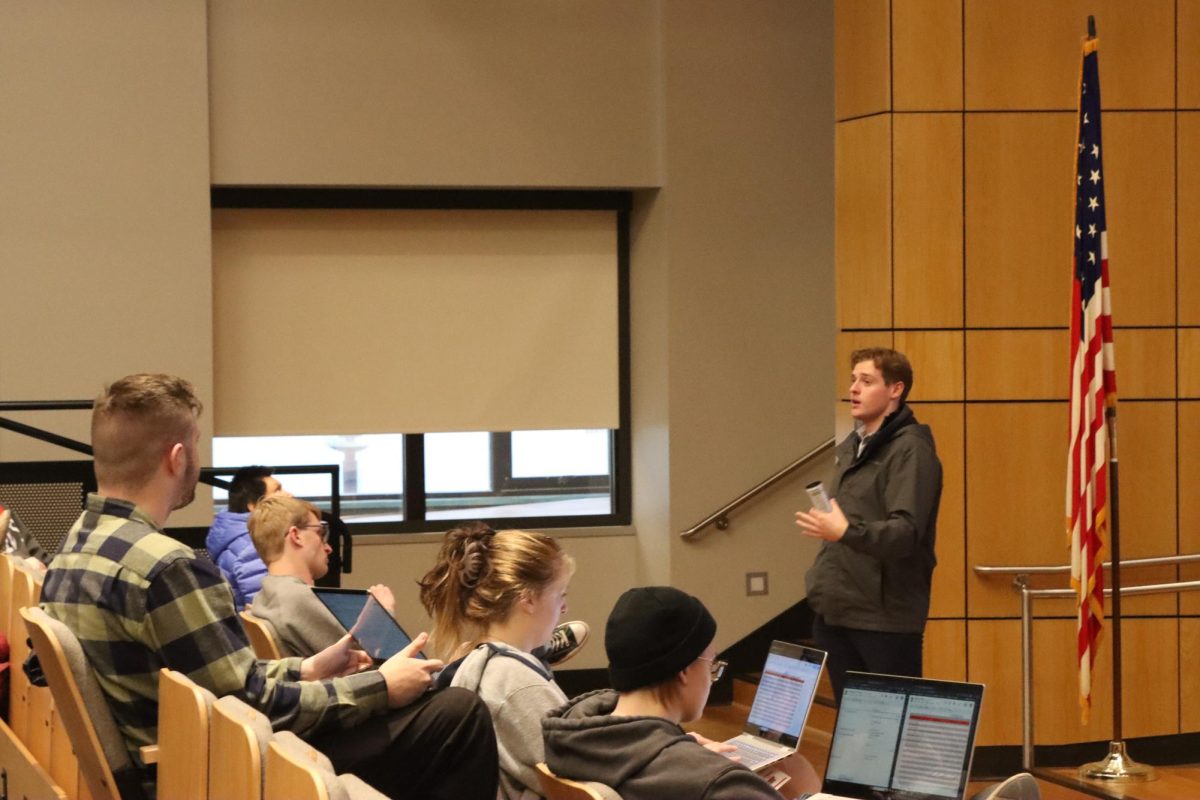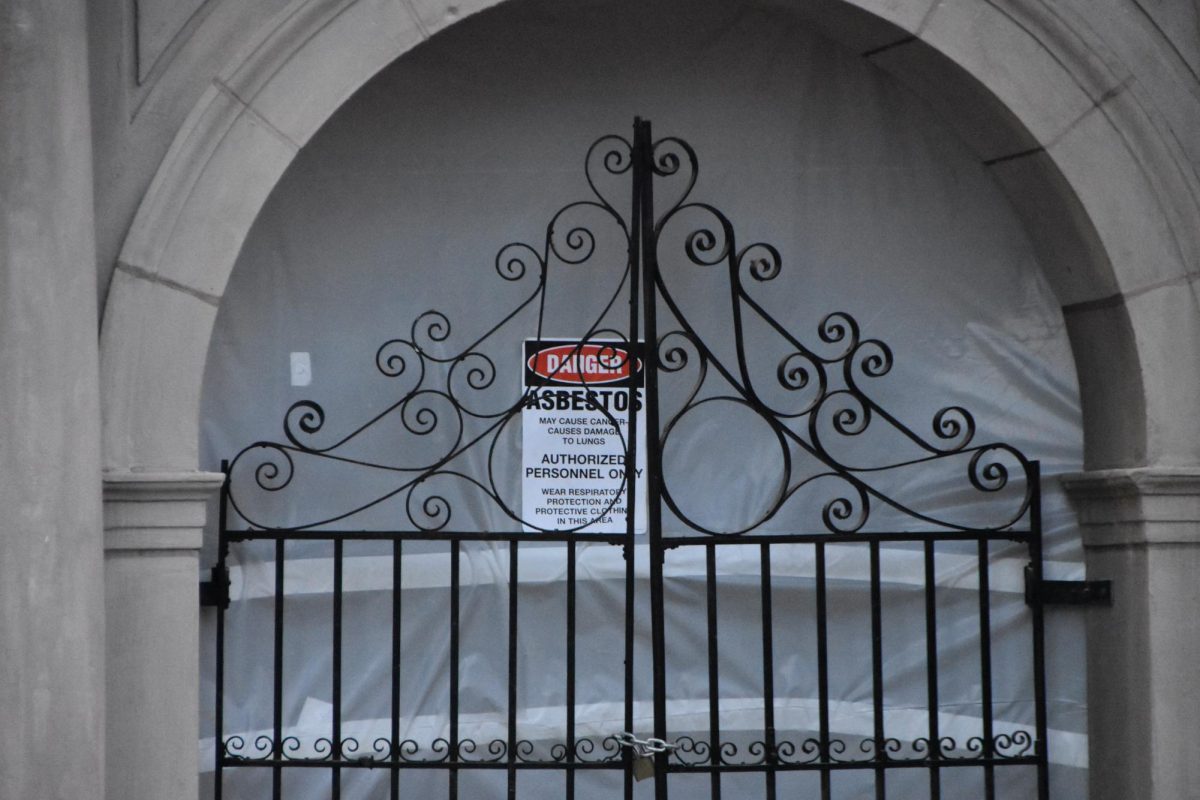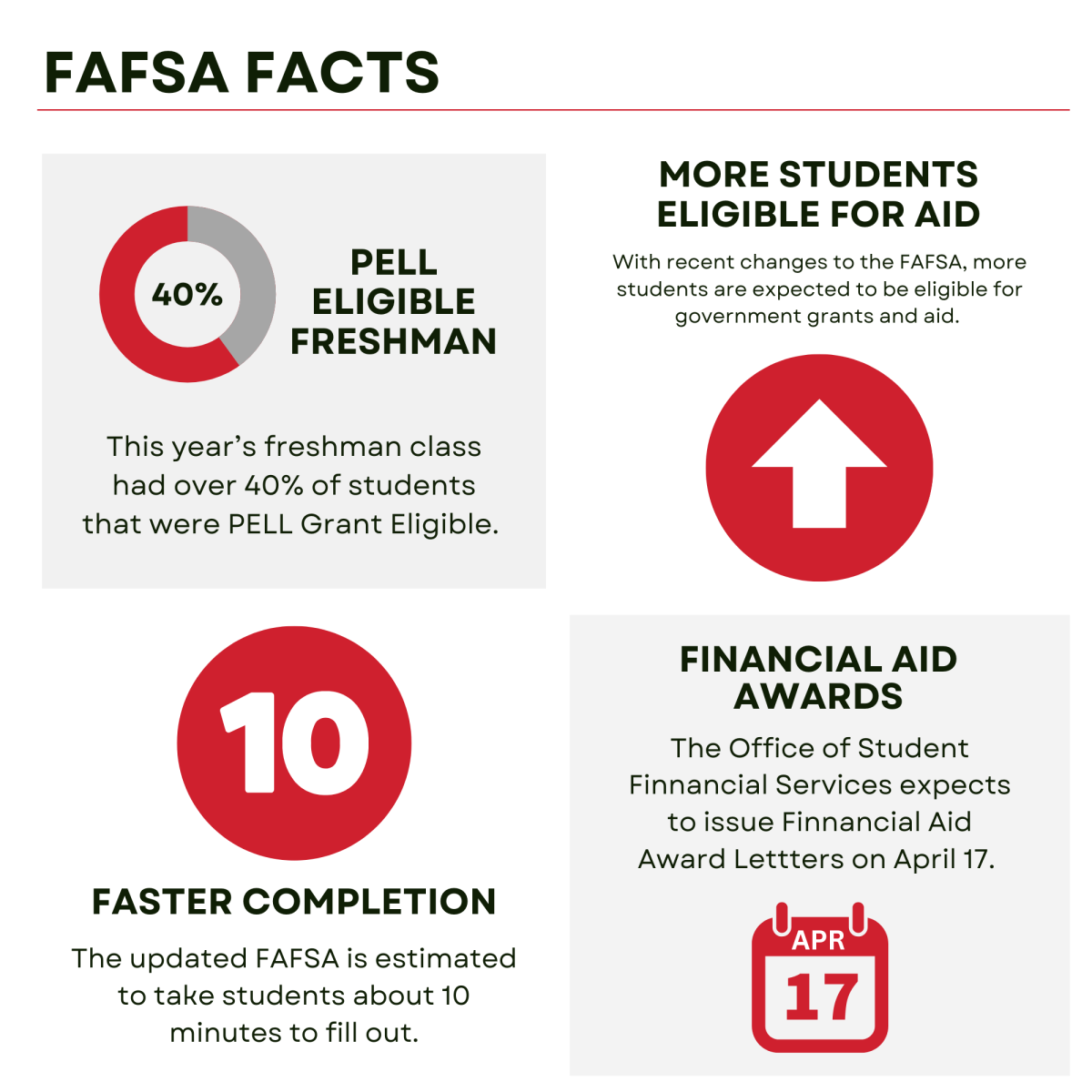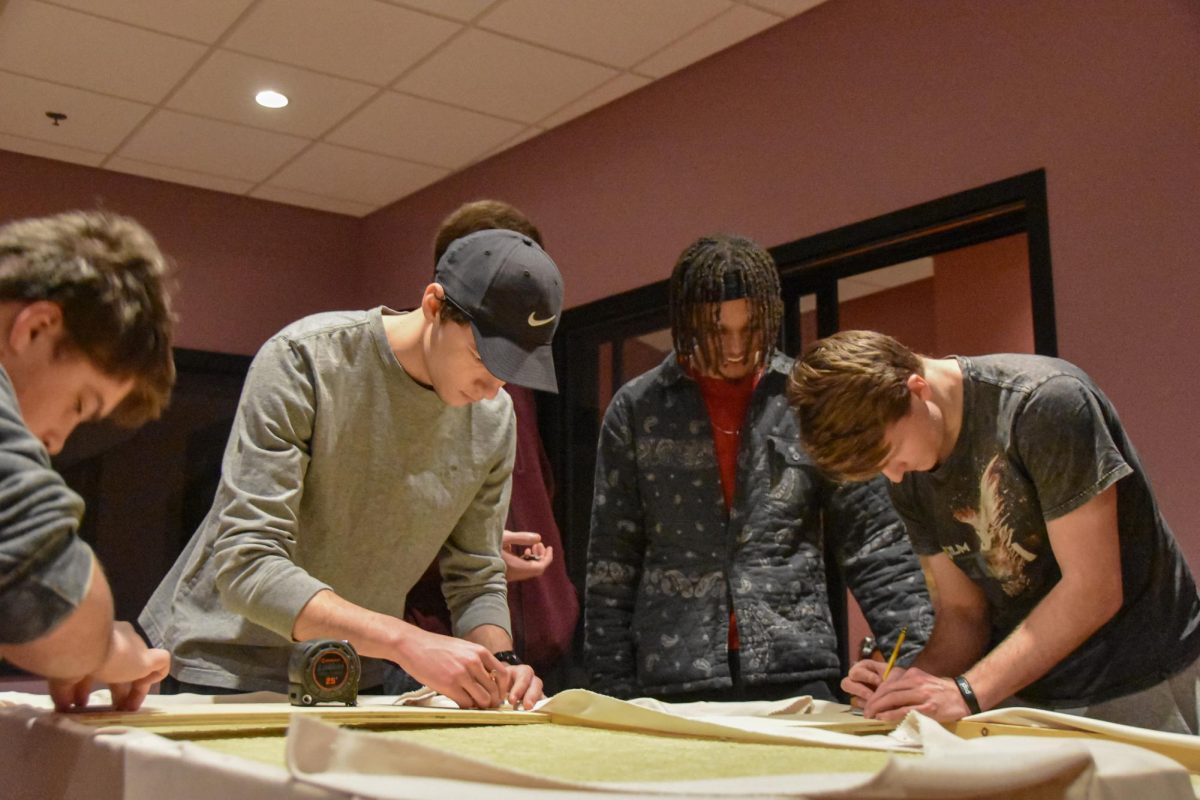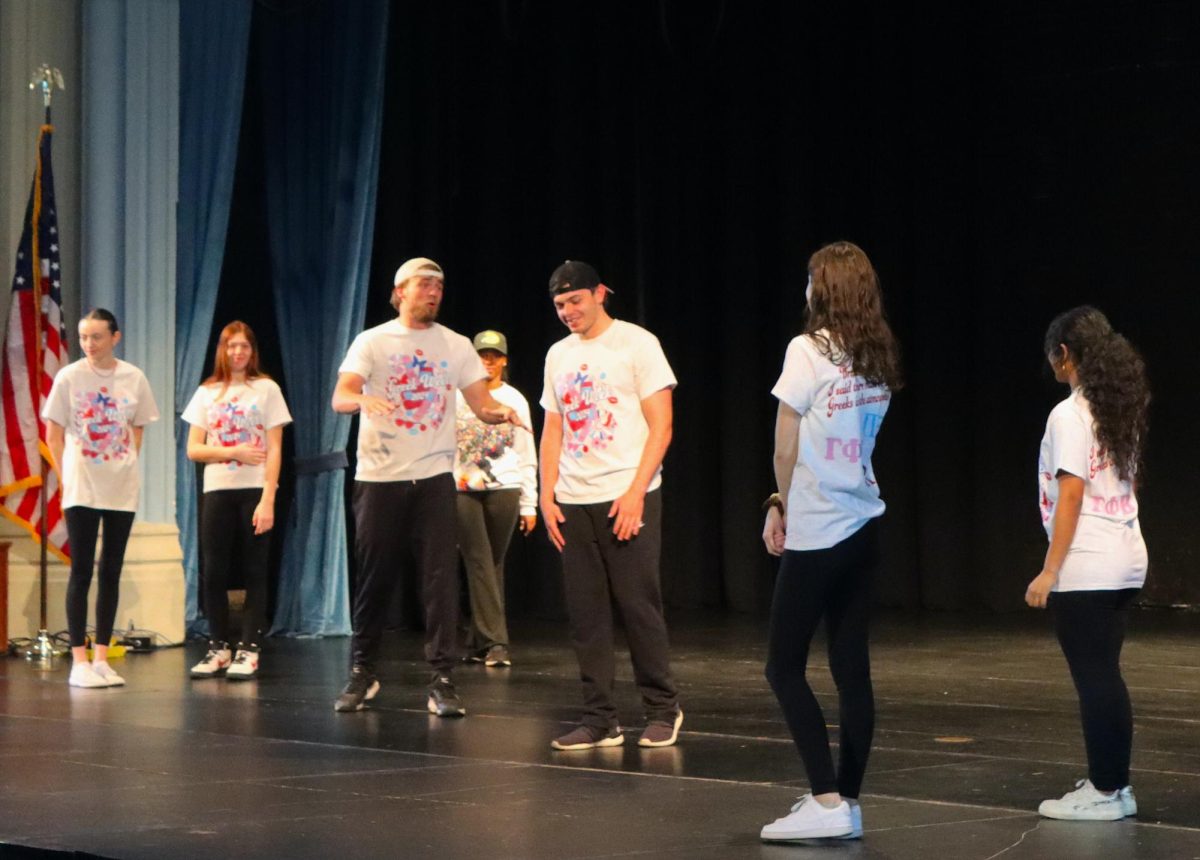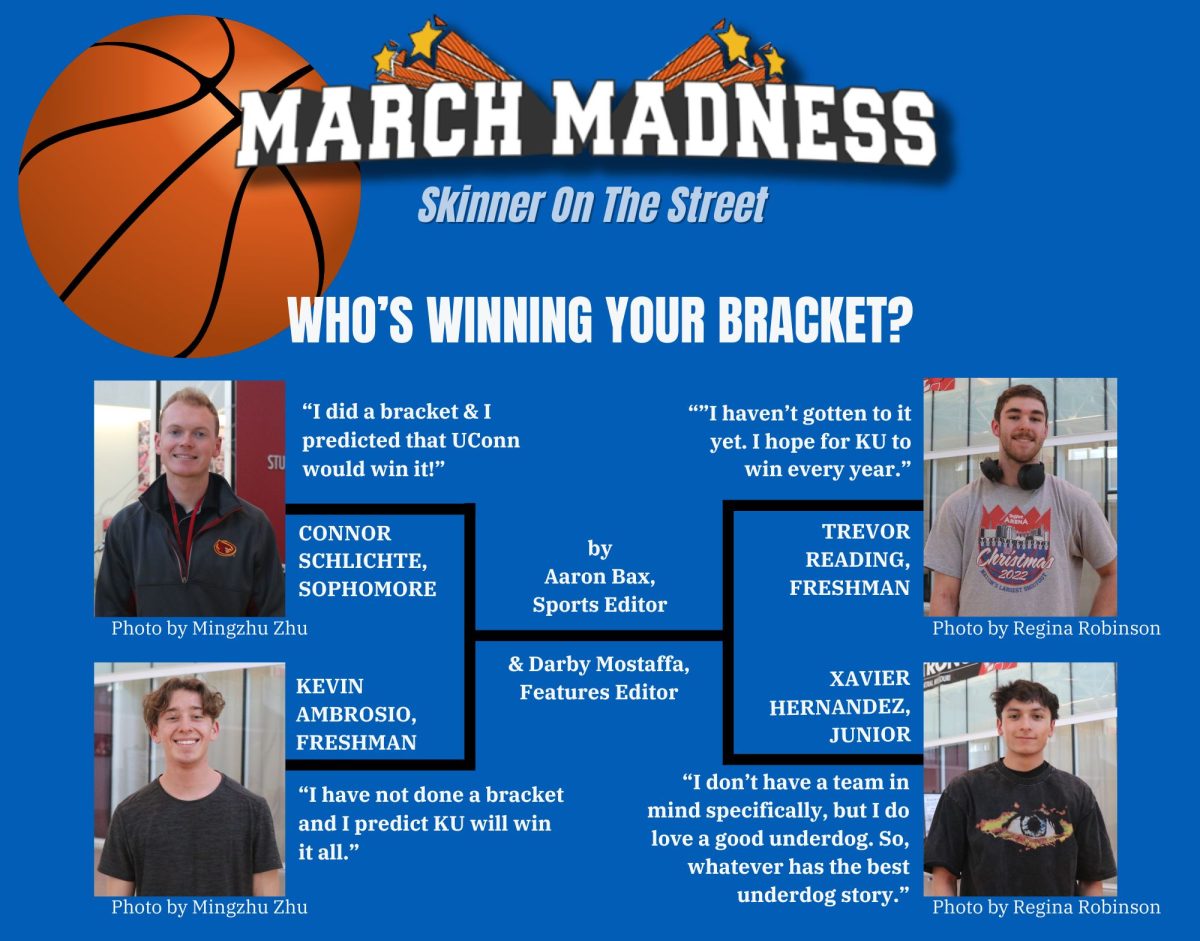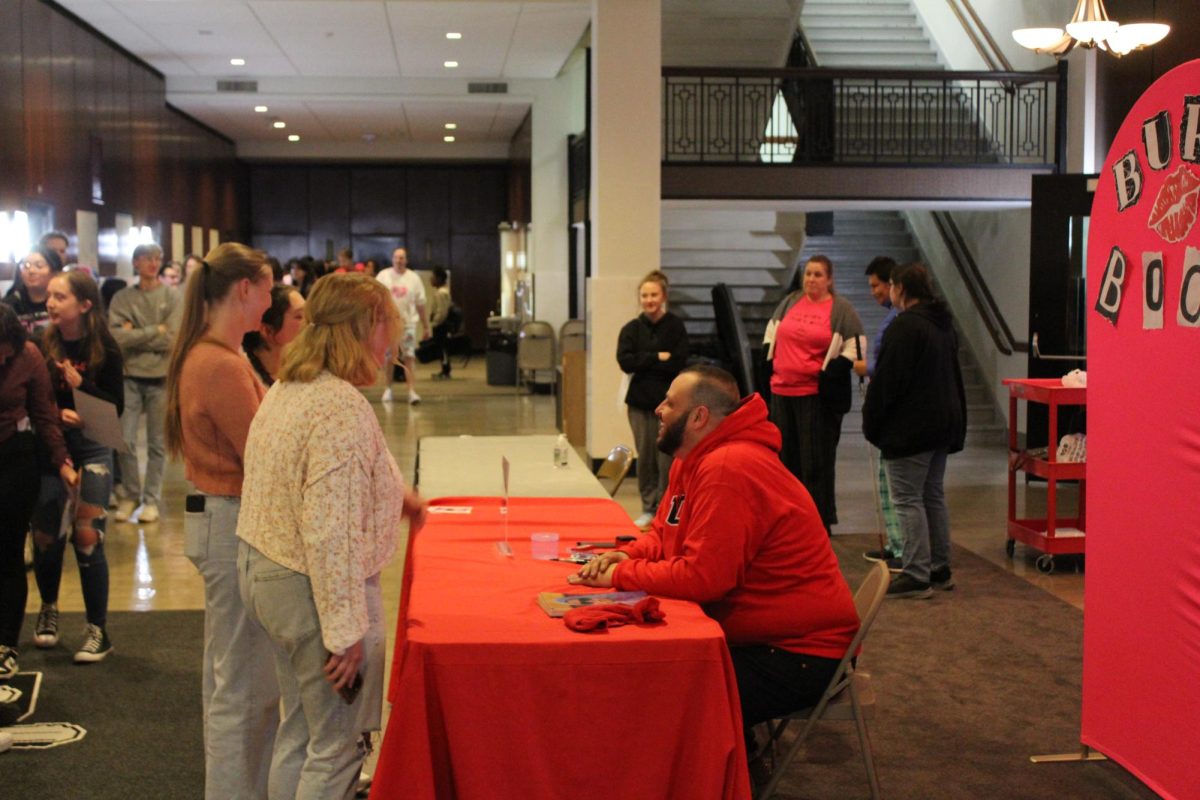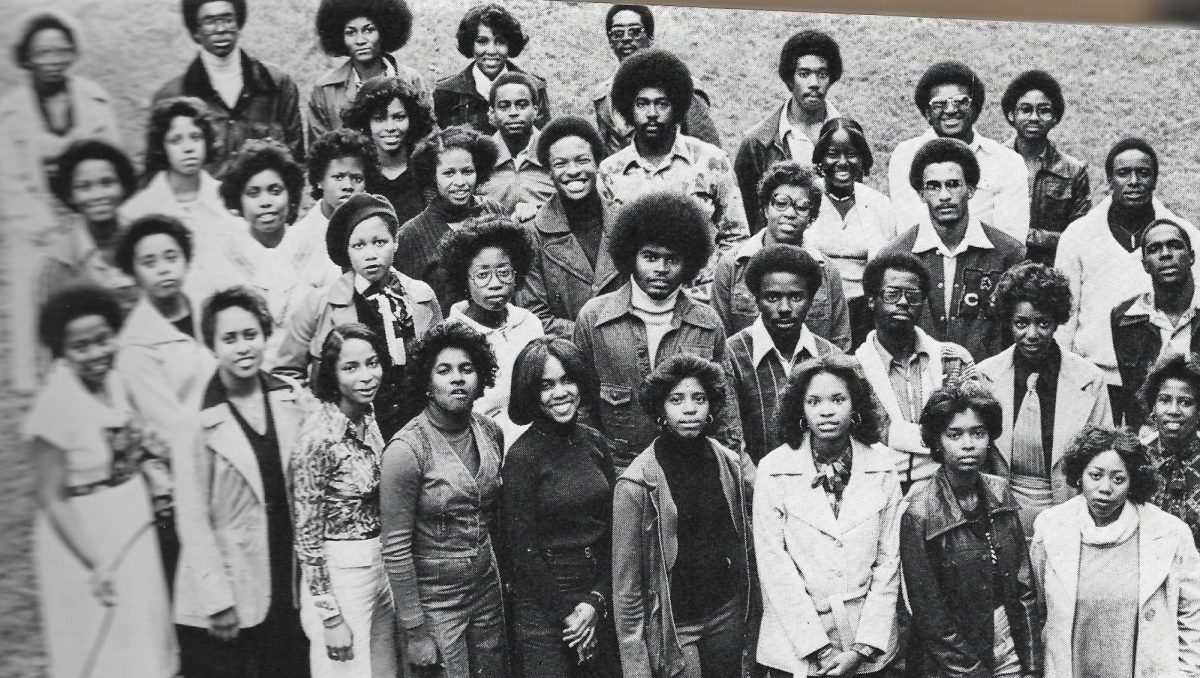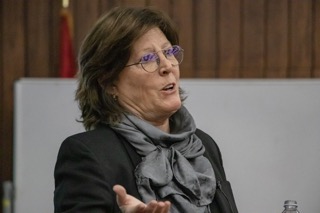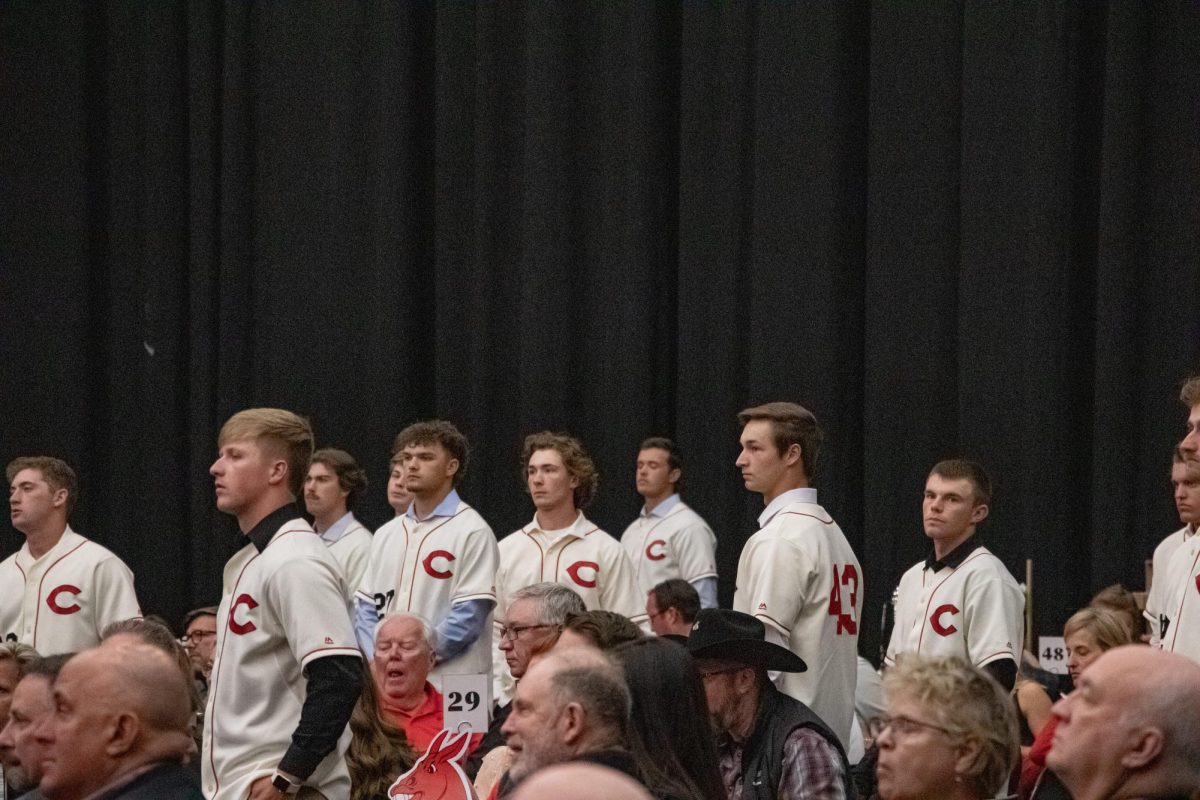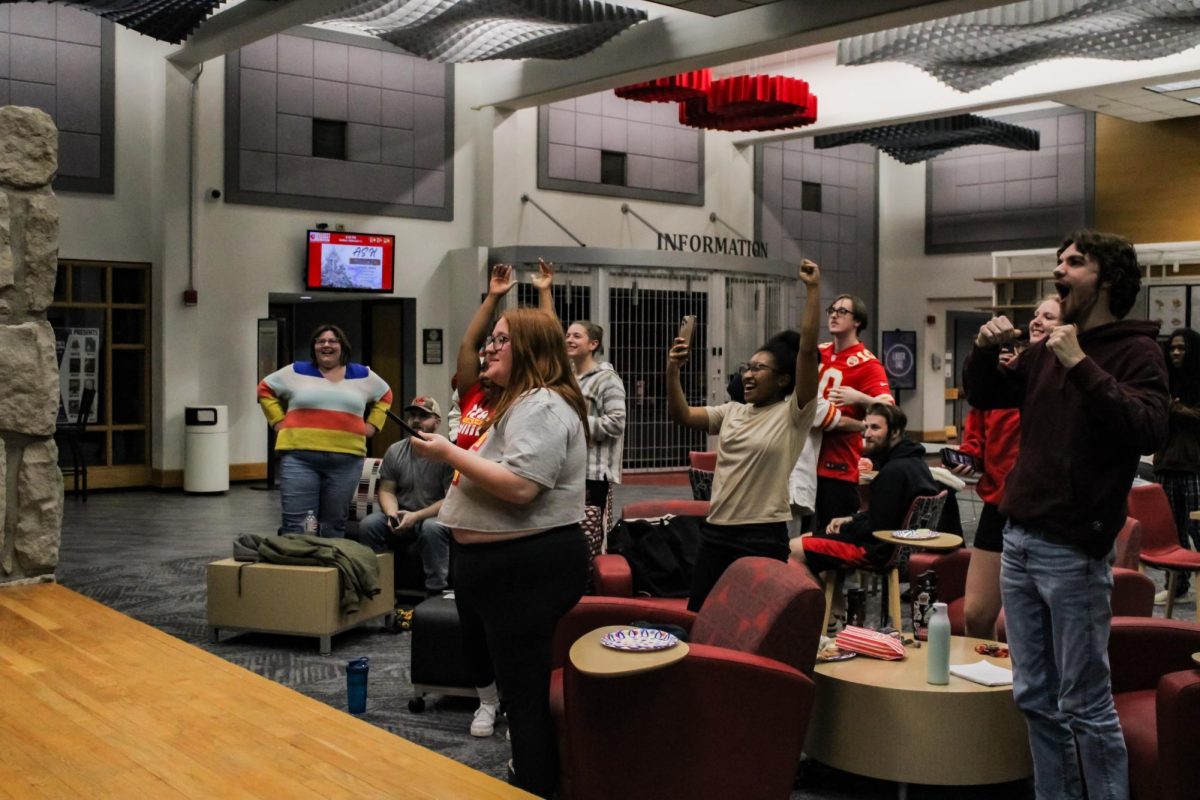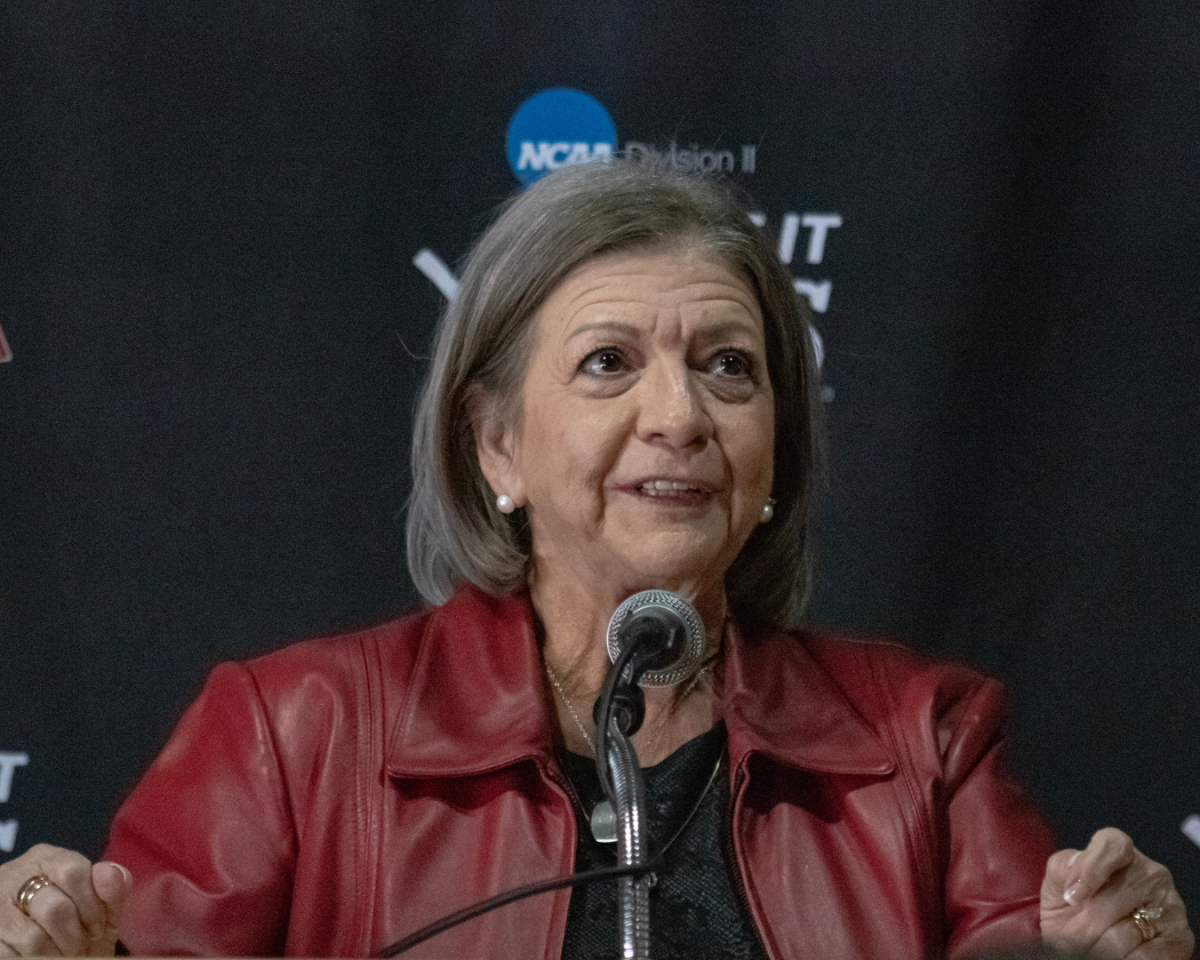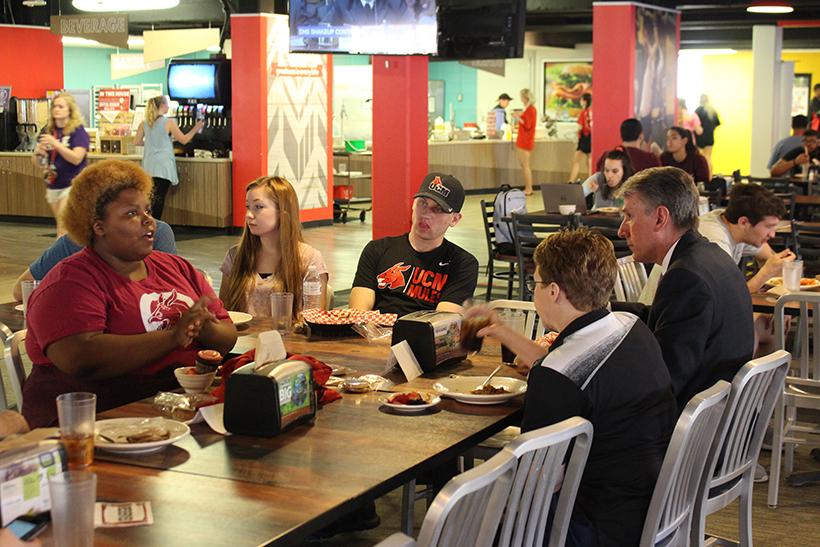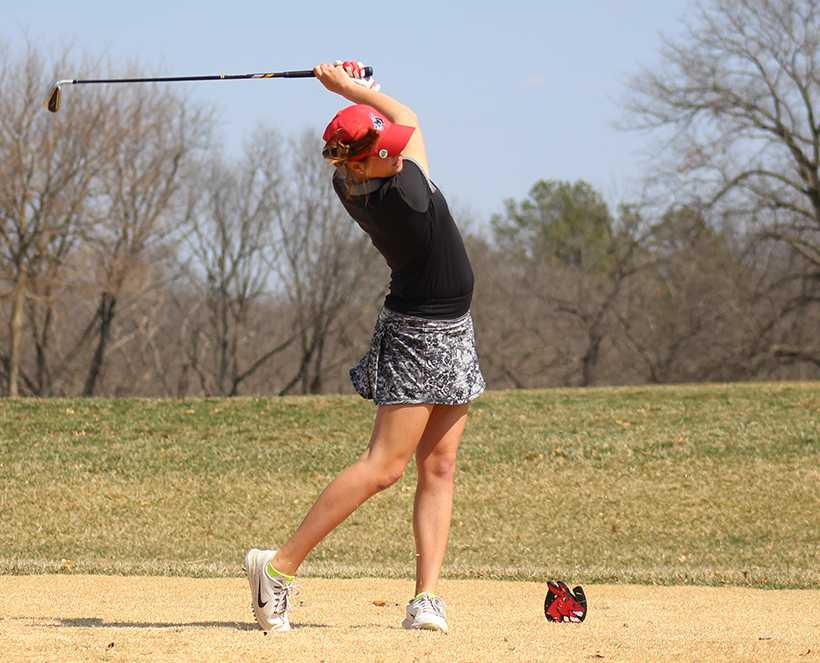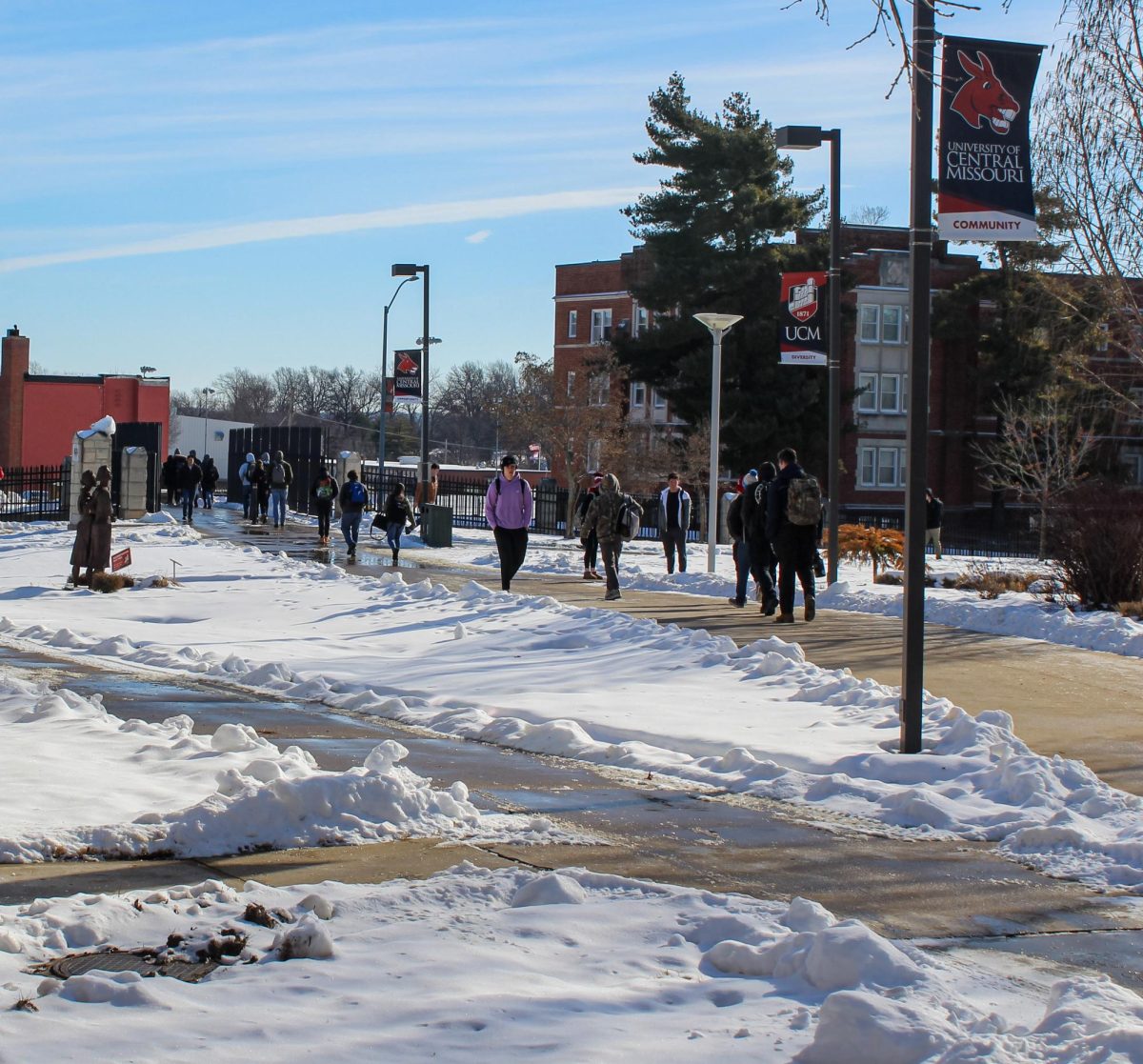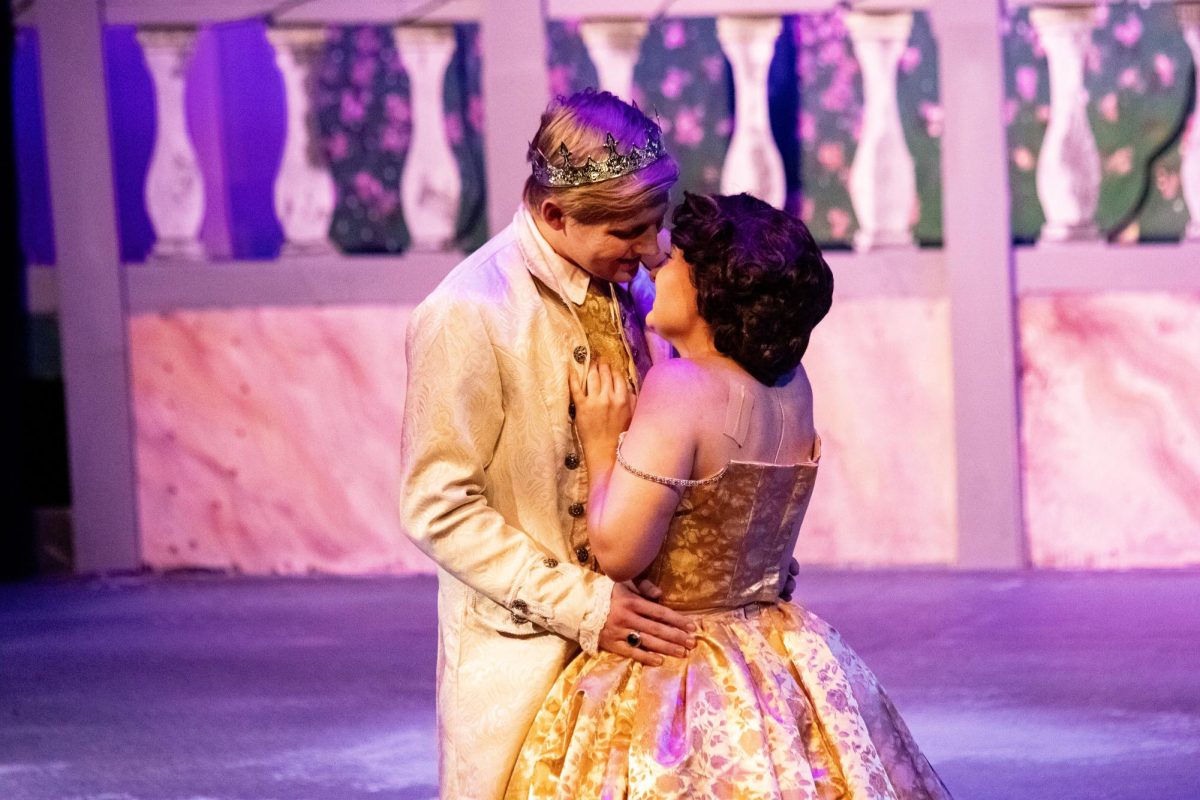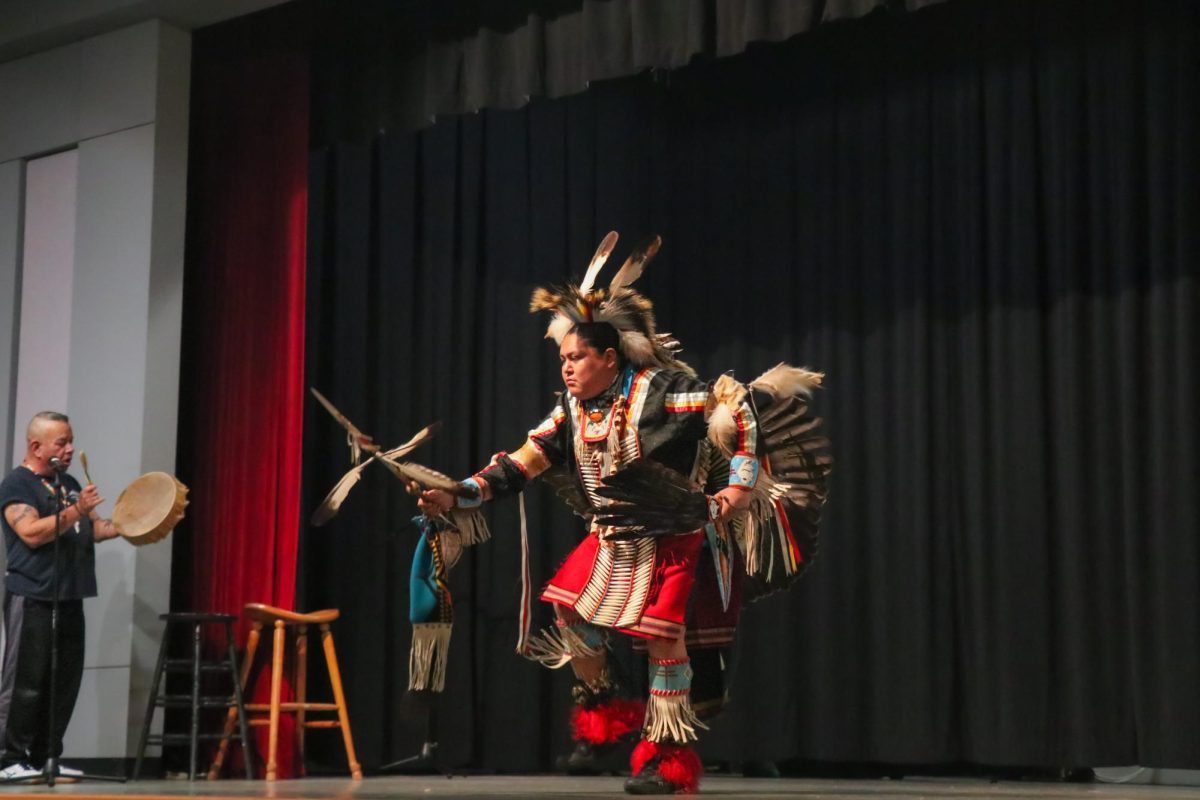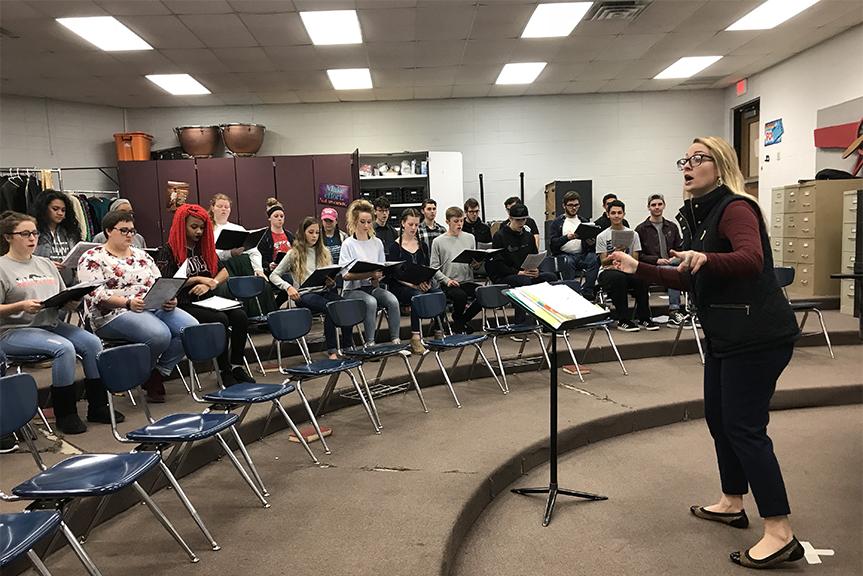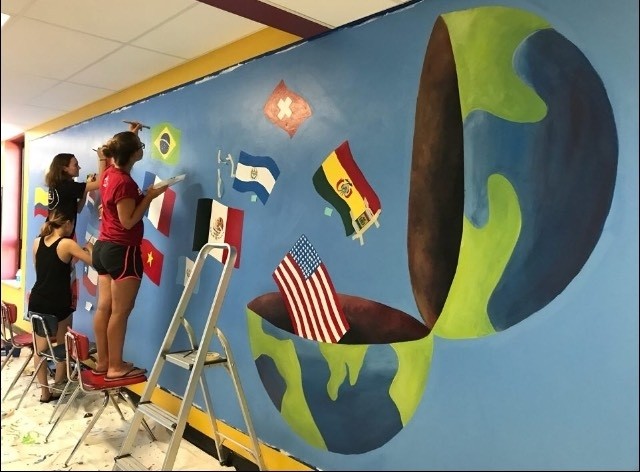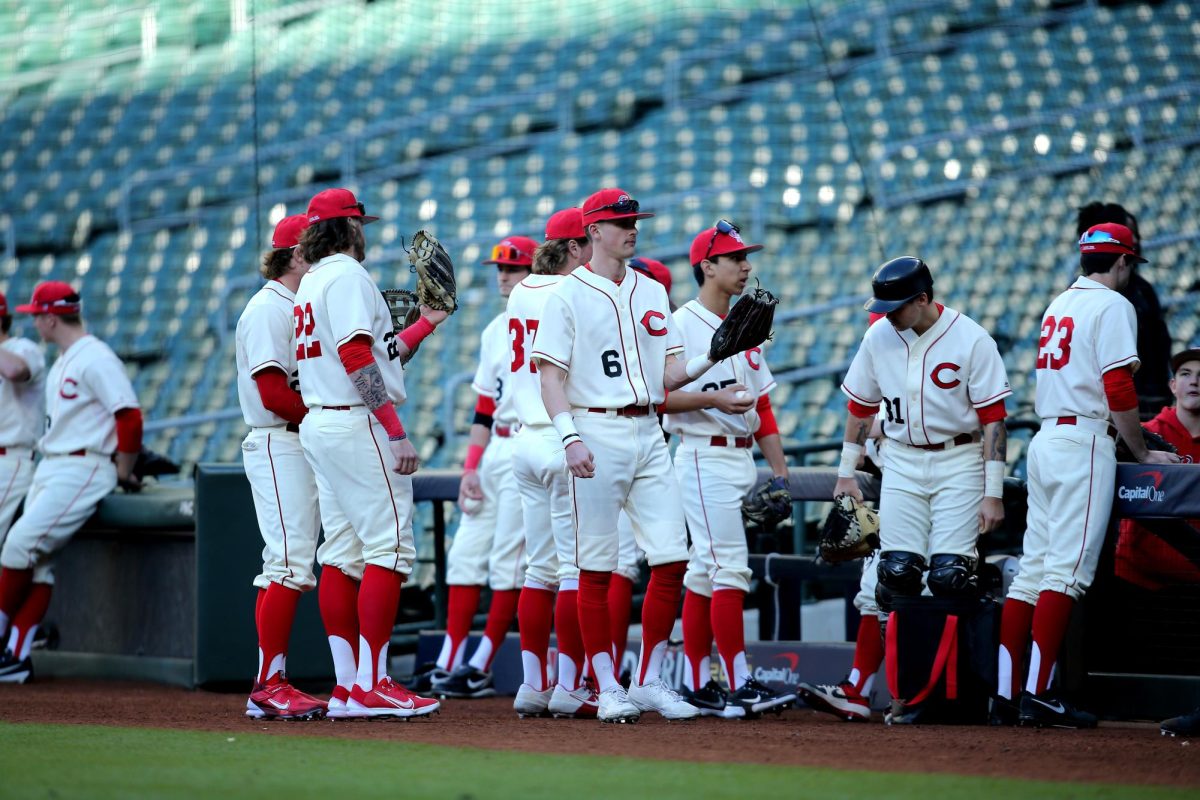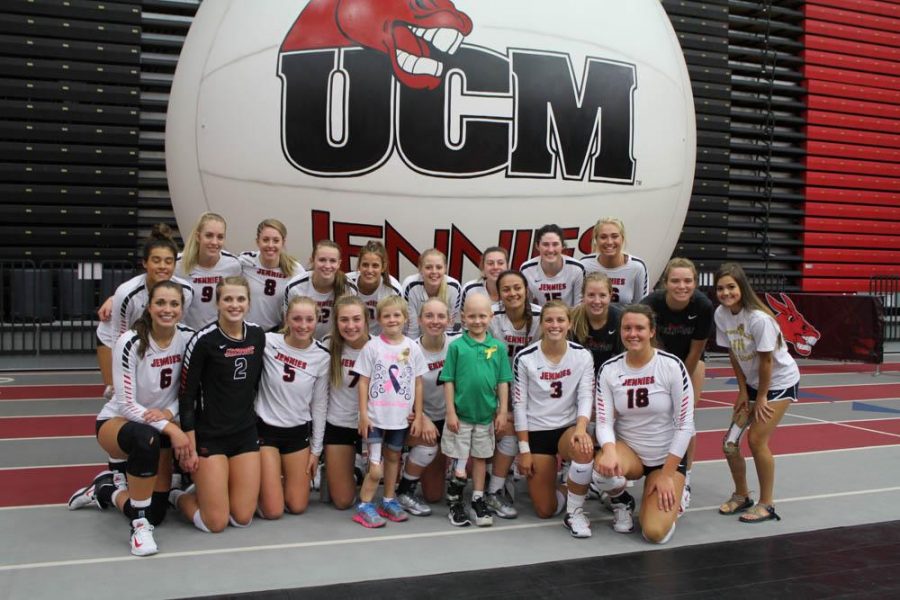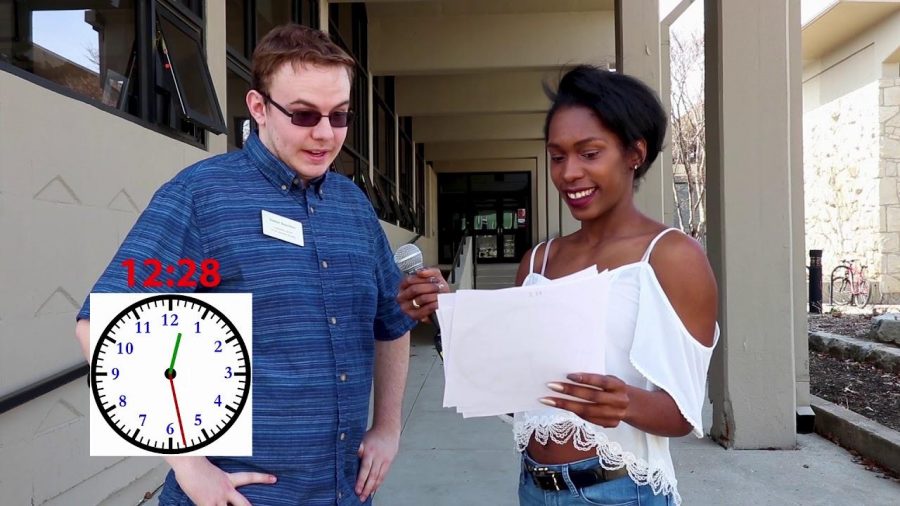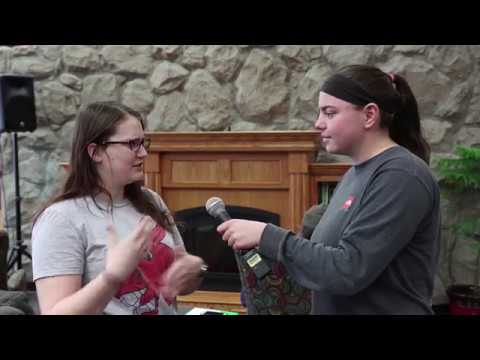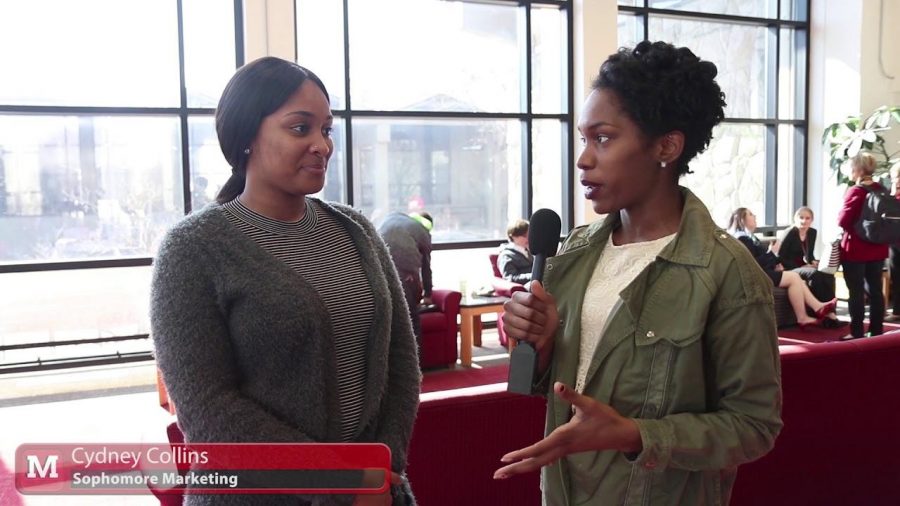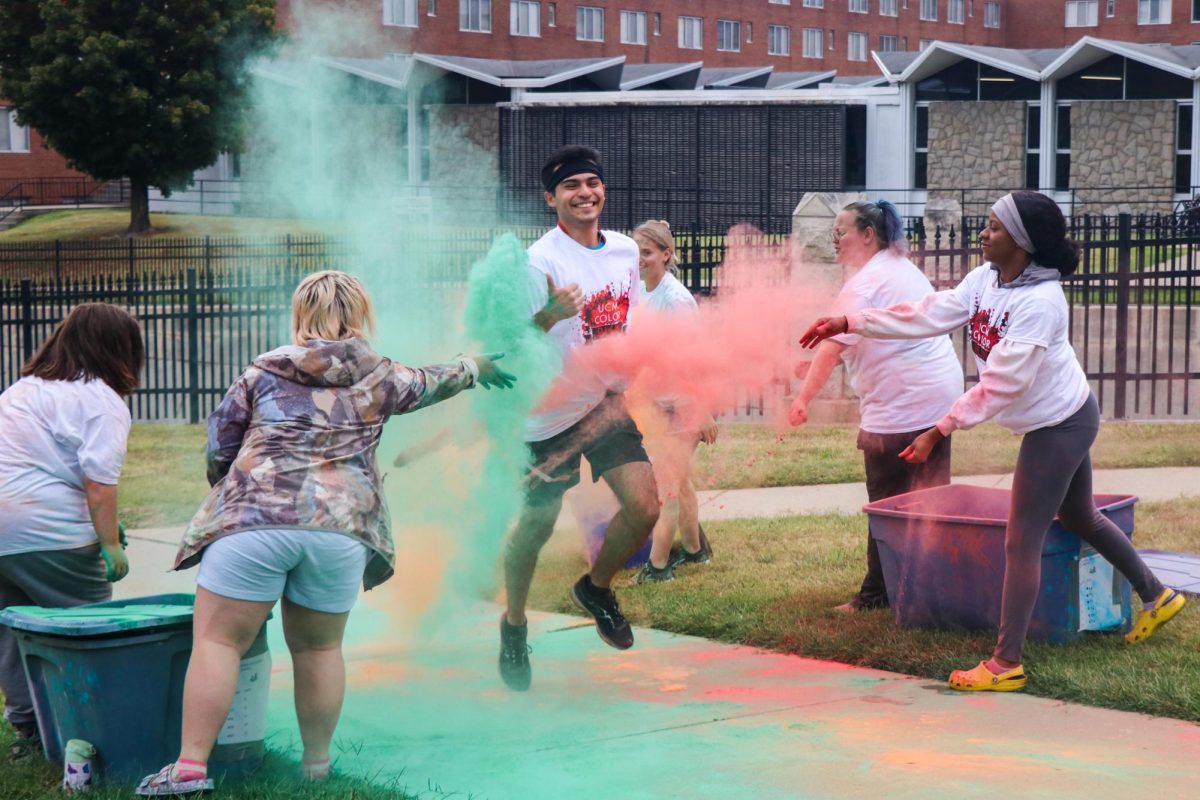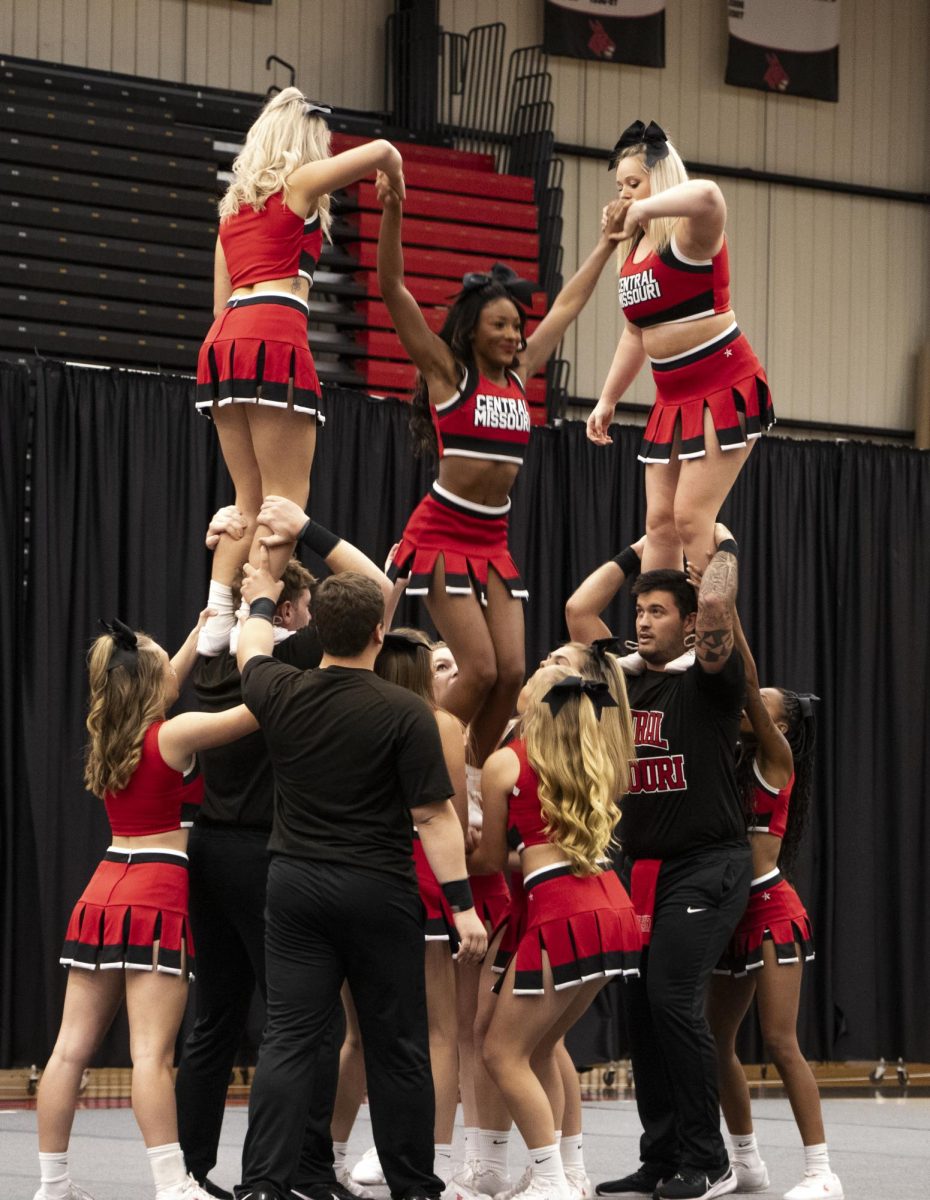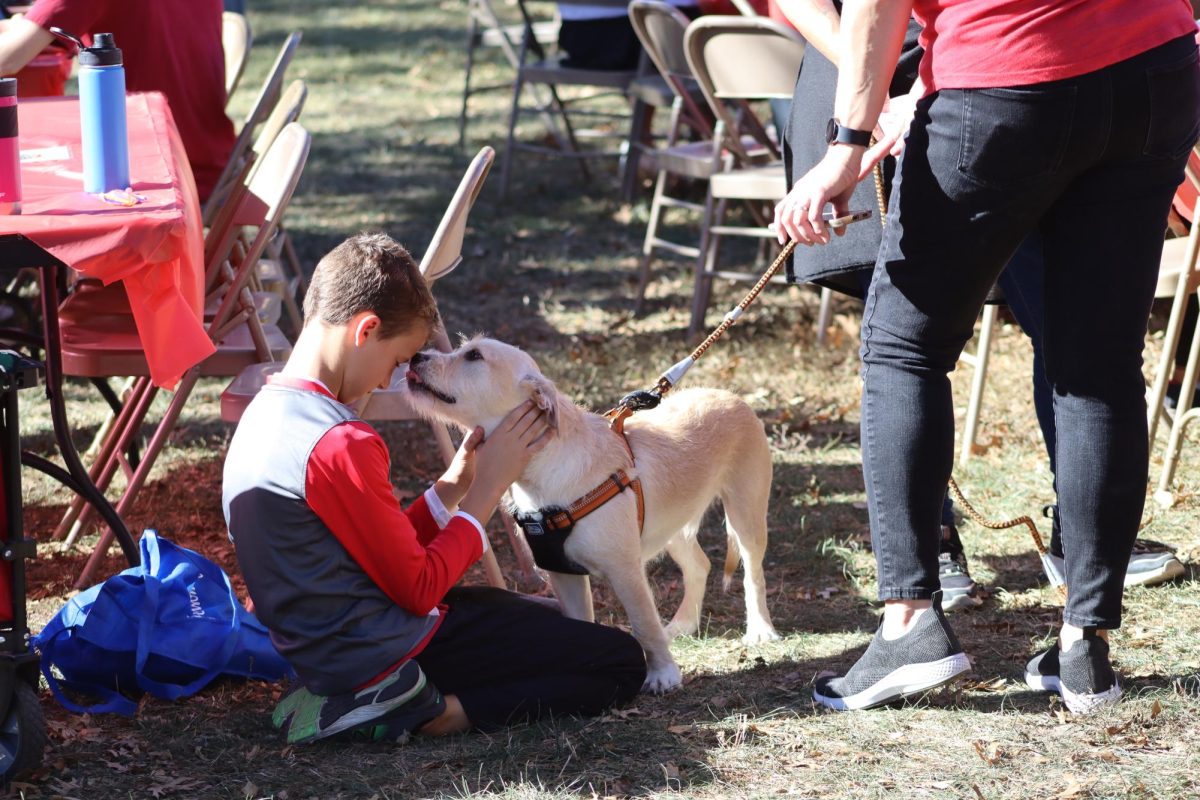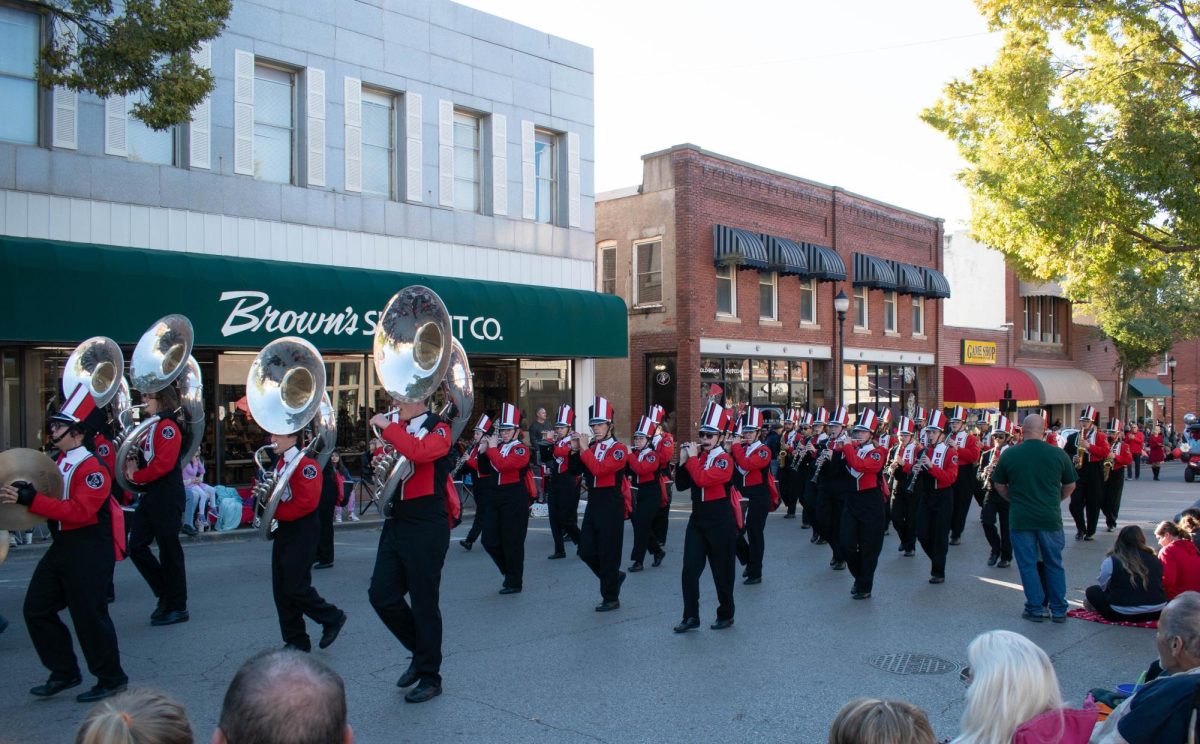(WARRENSBURG, Mo.) – A graduate research project by recent UCM graduate and Warrensburg resident Kevin Courtright has turned into a father-son project designed to preserve a chapter in the history Pertle Springs.
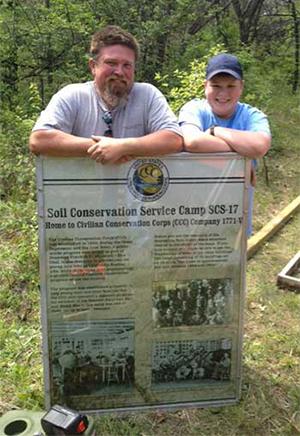
From left, Kevin Courtwright and his son, Trent, installed signage at the site of the former Civilian Conservation Corps camp at Pertle Springs as part of Trent’s Eagle Scout community project.
Courtwright and his son, Trent, recently completed a project at the site of the former Civilian Conservation Corps camp at Pertle Springs, the recreation area now owned by the University of Central Missouri, according to a news release. Developed by the Christopher family of Warrensburg as a popular tourist resort at the turn of the 20th century, the 300-acre area is now the location of UCM’s Earl Keth Memorial Golf Course, the Audrey J. Walton Clubhouse and Lake Cena, along with acres of wooded area and hiking trails.
From 1934 to 1939 the camp housed an average of 150 World War I and Spanish-American War veterans who were employed by the U.S. government to complete public works projects as part of President Franklin D. Roosevelt’s New Deal.
Kevin initially researched and documented the history of CCC Camp 1771-V for a McNair Scholars project as an undergraduate. Upon entering graduate school while working full time for UCM Facilities, Planning and Operations, he continued his research as a graduate project. His research took him to local resources for information, as well as federal archives for records about the camp and the CCC in general, the projects completed in the area by CCC workers, and the names of the men who lived there.
The camp, which once contained nine barracks buildings, along with a dining hall, hospital, headquarters building, recreation hall, machine shop and garages, was deserted after it closed and prior to the acquisition of Pertle Springs by UCM in the 1960s. The foundations of two buildings are still visible, along with the stone chimney of the lodge fireplace.
Courtwright’s research also documented the impact of the camp on the surrounding Warrensburg community. The men housed at the camp patronized local businesses and entertainment venues, and some of the men who made the camp their home for years eventually settled in town.
As Kevin was researching the camp, Trent often accompanied his father to the site over a period of several years.
“He probably knew as much about the camp as anyone,” Kevin said. “He heard me talk about it a lot, and he was interested in its history. He also heard me talk about how important I felt it was that the history of the camp be preserved and shared.”
Needing a community project to complete his qualifications for Eagle Scout, Trent, with assistance from his parents, continued the family interest in the CCC camp. He developed a plan to create a permanent marker at the site of the camp that would provide information about its significance to the history of Warrensburg and Johnson County.
“I just thought it was important to have some way of letting people know about the camp,” Trent said. “I talked to my dad about it, and we decided to do something that would be permanent and give people some information about it. A lot of people don’t even know it existed.”
Trent made his initial proposal to UCM President Chuck Ambrose. With Ambrose’s support, he also received encouragement and assistance from Jerry Hughes, UCM director of intercollegiate athletics; Chris Port, head golf professional at Keth Memorial Golf Course; and Chris Bamman, UCM director of Facilities, Planning and Operations. Friends and local residents also provided financial assistance and donated materials.
With design assistance from Tim Pinkston, assistant director of publishing and promotions for UCM Athletics, Trent then sought a vendor to create weatherproof, permanent signage at the site. The signs were donated and installed, along with two permanent benches provided by the university, at the site of the CCC camp lodge, which is located east of the Pertle Springs wellhead and accessible by hiking a trail up the hill. The project took approximately two years to complete, with the final installation of the signage and benches completed on a Sunday afternoon this spring with assistance from family and friends.
For those who wish to take a hike in the woods, the efforts of the Courtwrights provide documentation of what the CCC camp looked like while it was in operation and information about the significance of the camp and its residents to local history and the history of Pertle Springs. Signage recently erected near the Pertle Springs wellhead provides a map of the trails leading to the site, along with some basic history of the camp.
Kevin and Trent hope to interest other Eagle Scouts in similar projects that will document the location of the buildings at Pertle Springs as a way of preserving the history of the area. In the meantime, Kevin continues to document the history of the camp. Using the camp roster, he hopes to document descendants of the camp residents. He also has copies of reports provided by the camp leadership to the U.S. Army documenting the location of projects completed by CCC crews in the area.
“It’s an interesting part of the history of this area,” Kevin said, noting that some of the projects completed by the CCC workers are still visible in the area today. “Some of these men stayed in Warrensburg and married into families, while some moved their families here from other areas of the country. They became part of Warrensburg, and some of their descendants still live here. The CCC provided men with work during the Depression, but it was more than just a job to most of them. They took pride in their work, and they made a significant contribution.”
Recent Stories
- New Trend: Artists switching genres
- UCM Greek Life Prepares for Greek Week
- “Xanadu”, the absurd and the heartfelt show by UCM Theatre
- Spring Break Poll
- Skinner on the Street
- SGA to hold upcoming election
- “Now that’s a party!”: A “Mean Girls” (2024) Review
- Mo’s Activity Council hosts Mean Girls actor, Daniel Franzese
- Former World Series MVP speaks at UCM First Pitch Banquet
- UMG has falling out with TikTok due to contract diputes

